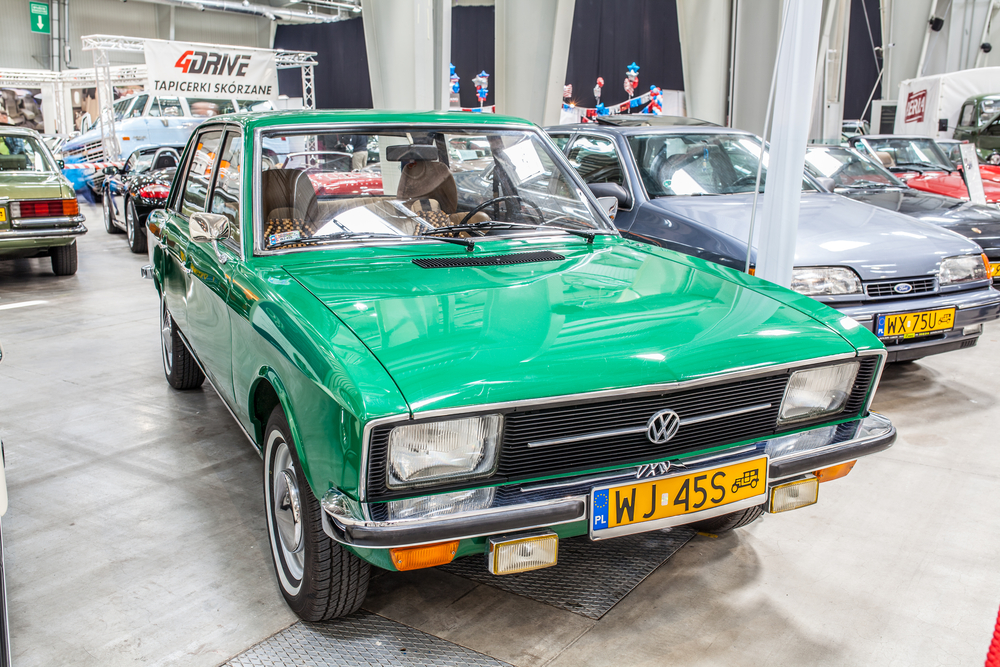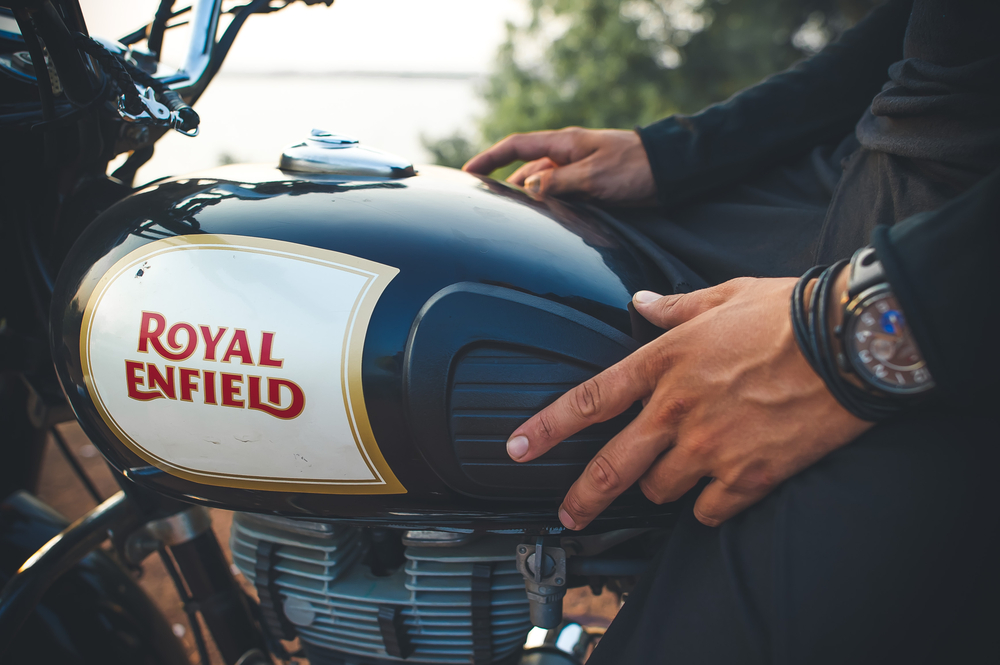In place of the friction clutch that’s found on cars with manual transmission, an automatic car has a torque or fluid coupling converter that connects the engine to the transmission. This converter has the gear sets that provide the desired number of gears for each car.
When you put your foot down on the accelerator, the engine provides power to the torque converter’s pump. The pump converts this power into transmission fluid, and the fluid powers the converter turbine. Not only will this start the power rotations needed to spin the turbine and the attached central shaft, but it will also increase the fluid’s power and allow for faster rotations.
All the power that’s created by these rotations goes to the first planetary gear set. This is a system where the different gears are held together by a series of bands and clutches. Once the power reaches these gears, the bands will hold one gear still while providing power to another to transmit the necessary torque levels from the engine and operate as many gears as required. As you speed up, power goes to more gears.
This is all known as hydraulic control. The transmission fluid is pressurized by an oil pump, which changes the power levels that the fluid provides. These changes in power levels are what allow for smoother changes between the different gears. The speed of the turbine changes depending on the speed of the vehicle, the amount of tire revolutions per minute or RPM, and a variety of other factors. More transmission fluid is pressurized via the gear pump, which sits between the torque converter and the planetary gear set.
When you shift your car into drive, all of your forward gear ratios are engaged. This allows you to move through the full range of gears. Most contemporary vehicles have six gears while some older vehicles have either four or five. Thus, when your car is in second gear, that means that your transmission is limited to the first and second gear ratios. When the turbine reaches a certain RPM level, it’ll automatically activate the third gear ratio in order to avoid potential engine damage. As it gets faster still, it’ll engage the fourth gear ratio and so on.





